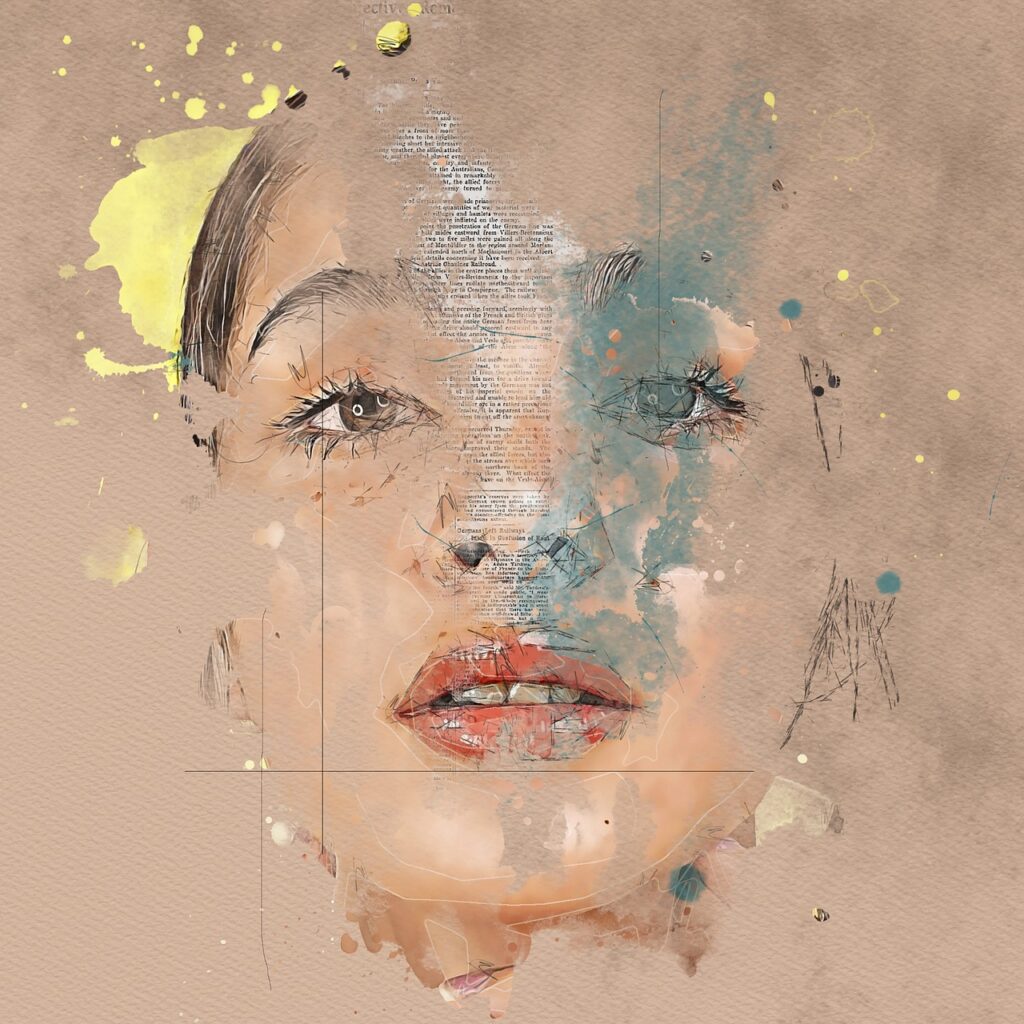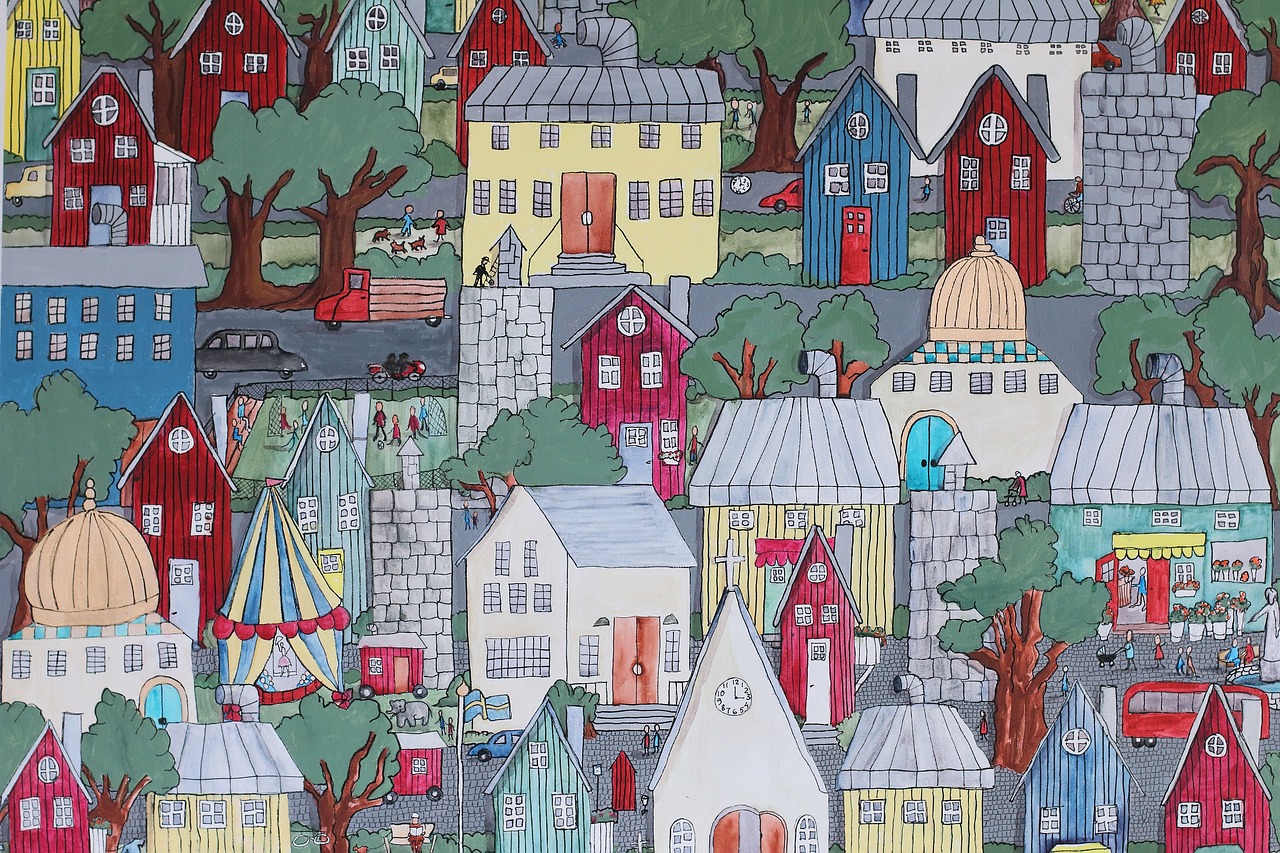In a media landscape saturated with information, where stories constantly vie for our attention, creative nonfiction stands out with its unique blend of authenticity and creativity. It’s a literary genre that, when done well, has the power to leave a lasting impression.
Creative nonfiction, also called narrative nonfiction, began to emerge as a distinct genre in the mid-20th century. It gained recognition during the 1960s and 1970s, particularly with the works of writers like Truman Capote, Joan Didion, and Tom Wolfe. These authors used literary techniques to tell true stories, contributing to the genre’s development and paving the way for contemporary creative nonfiction writers.

What is Creative Nonfiction?
Creative nonfiction is a genre of writing that combines the authenticity of true stories with the narrative techniques of fiction, enabling authors to tell true stories in a captivating and engaging manner.
Creative nonfiction, at its core, is storytelling that blends fact with artistry. Unlike traditional journalism, where the facts are presented objectively, narrative nonfiction authors weave real-life events into narratives that read like compelling fiction. This genre invites readers to experience truth through the artful lens of storytelling.
Where Fact Meets Art
One key aspect that sets narrative nonfiction apart is its flexibility. It allows authors to employ literary techniques such as dialogue, character development, and vivid descriptions to bring real events to life. This fusion of elements from the worlds of fiction and journalism enables a deeper connection with the material.
Take, for example, “Dein Finger” by Michael Charpentier, featured on the Dreamers Creative Writing website. In this piece, Charpentier masterfully combines introspective reflection with evocative descriptions, painting a vivid picture of a moment that changed the trajectory of his life. It’s a prime example of how creative nonfiction can transform personal experiences into captivating narratives.
Yet, while creative nonfiction embraces creativity, it doesn’t sacrifice accuracy. It’s a delicate balance, akin to walking a tightrope. In this context, verisimilitude, which means creating a convincing semblance of reality, plays a pivotal role. Although the facts must remain sacrosanct, in the context of creative nonfiction, verisimilitude means creating a narrative that feels realistic and truthful, even though it incorporates literary techniques and artistry to engage the reader. This duality makes this genre a powerful tool for exploring complex topics, from personal memoirs to investigations into society’s most pressing issues.
Creative nonfiction humanizes facts in a way that traditional journalism often struggles to achieve. It engages readers on a visceral level, fostering empathy and understanding. Whether it’s “Goodbye Dad” by JD Robertson, a poignant exploration of grief, or “My Past Reminisces Confirm My Present” by Faith Forster, a whimsical recollection of past times and places, creative nonfiction allows us to witness and feel the world from the author’s perspective.
Tell It With Feeling
In creative nonfiction, the reader also plays an active part, bringing their own interpretations and emotions to the story. This genre invites us to see the world through a different lens, fostering deeper connections with our own experiences and the experiences of others. As both readers and writers, we have the privilege of exploring creative nonfictions rich landscape, where storytelling meets reality, and where truth is not just told but felt.
So, the next time you’re seeking a read that challenges your perceptions, consider diving into the genre of creative nonfiction. You might just discover that the blurred lines between fact and fiction can lead to a deeper, more enriching understanding of the world we inhabit.
Meanwhile, at Dreamers…
2024 Micro Nonfiction Story Writing Contest Results

Congratulations to the winners of the 2024 Dreamers Micro Nonfiction Story Writing Contest, for nonfiction stories between 100-300 words.
2024 Place and Home Contest Results

Congratulations to the winners of the Dreamers 2024 Place and Home Contest, based on the theme of migration, place & home.